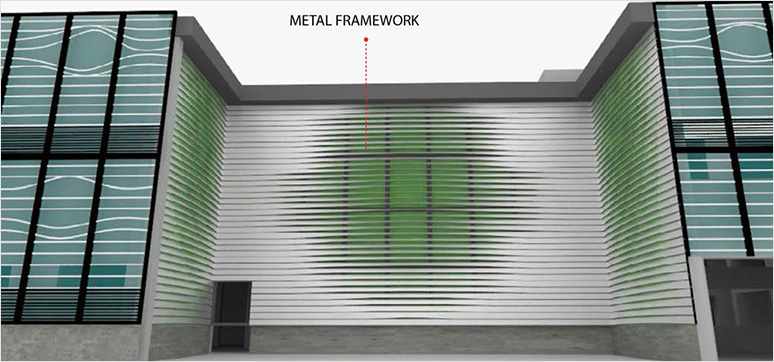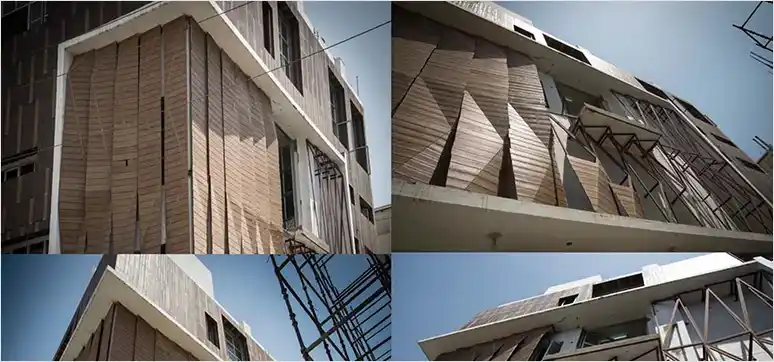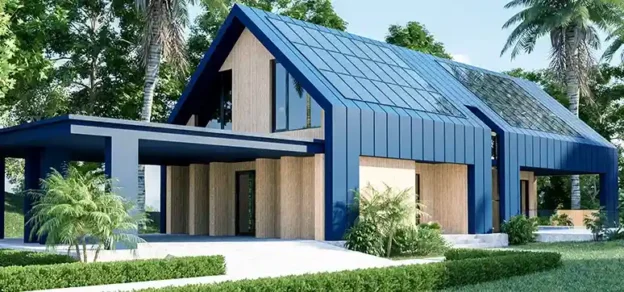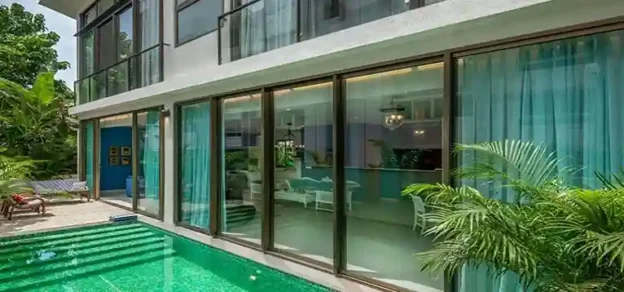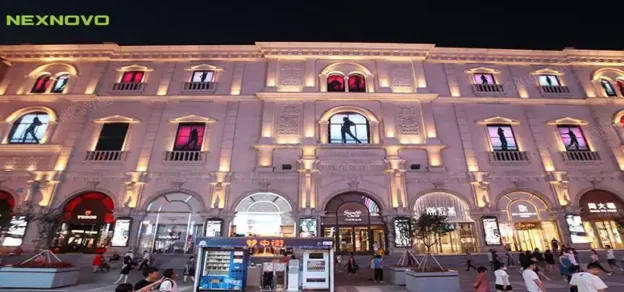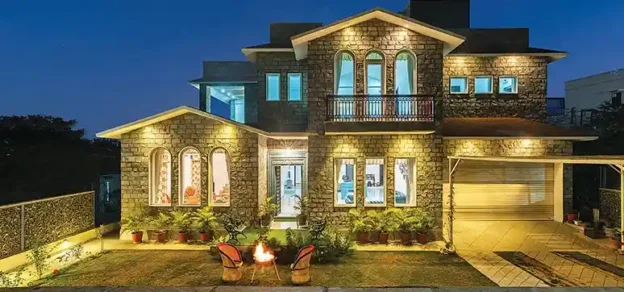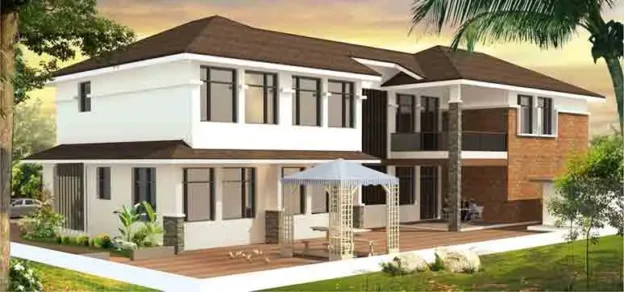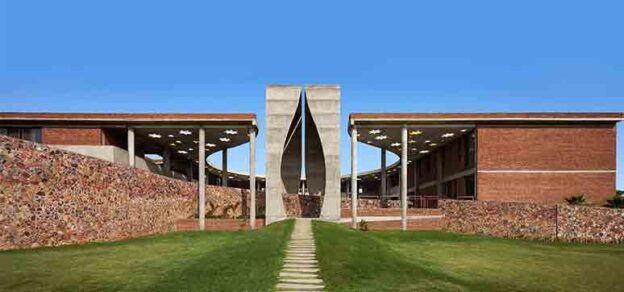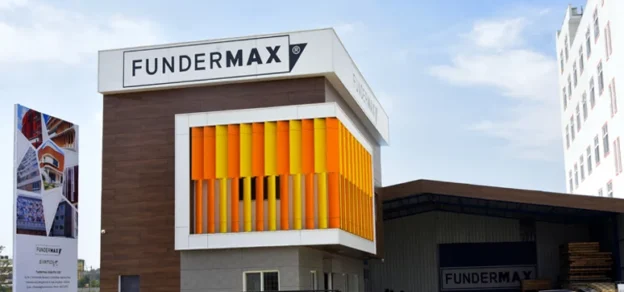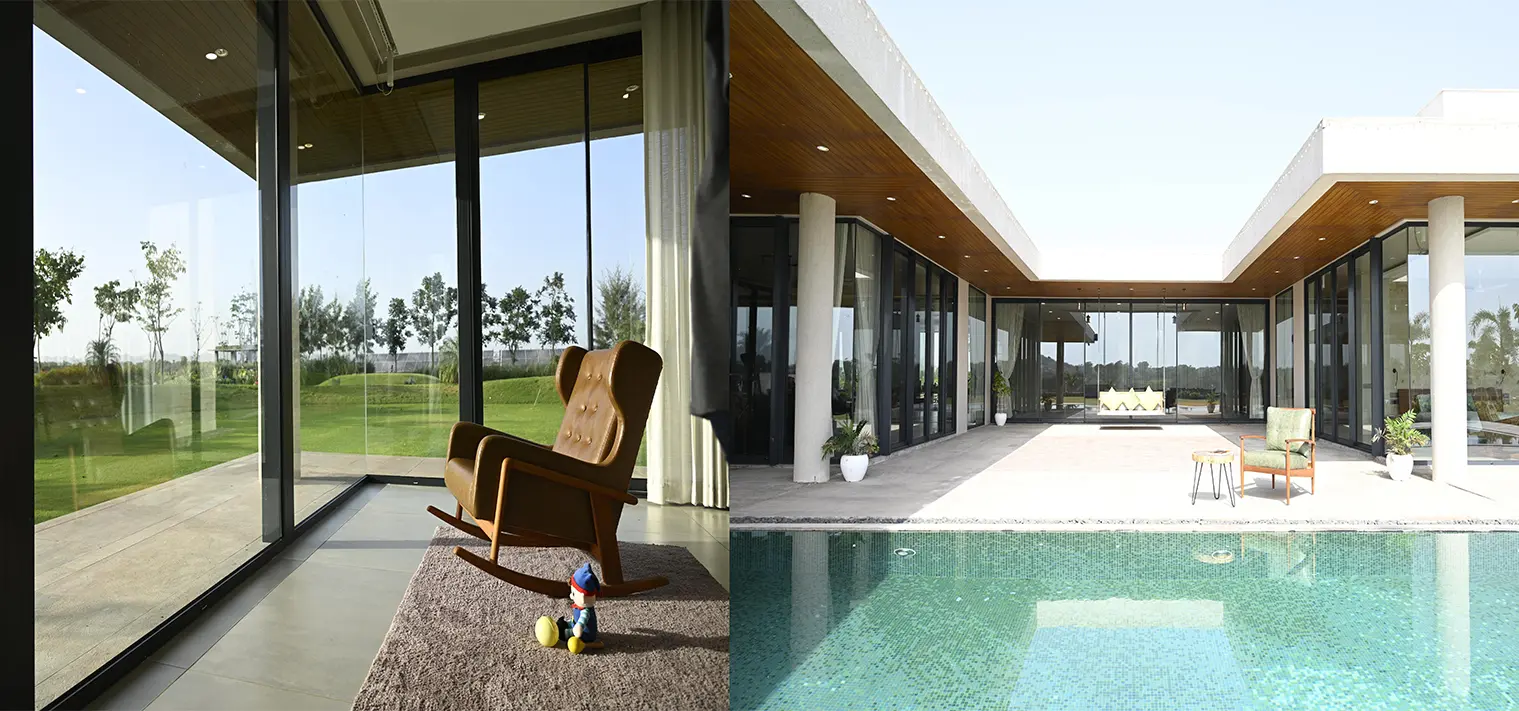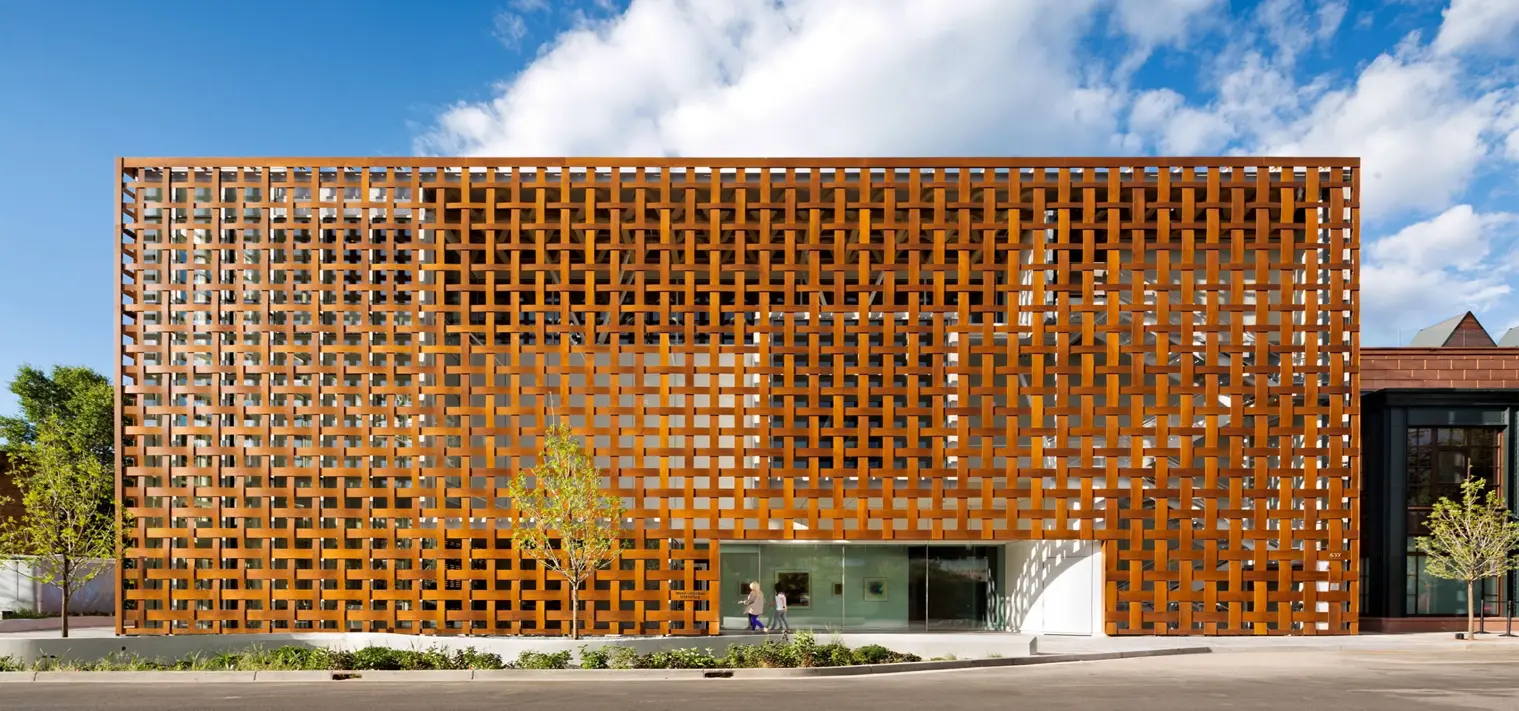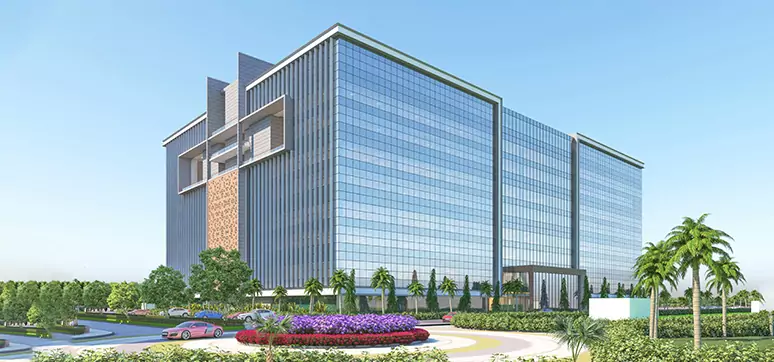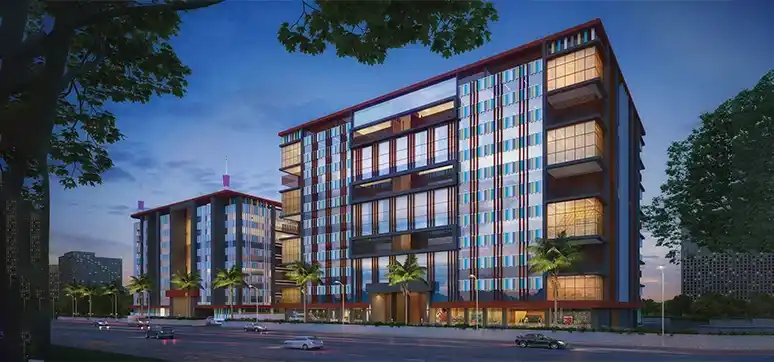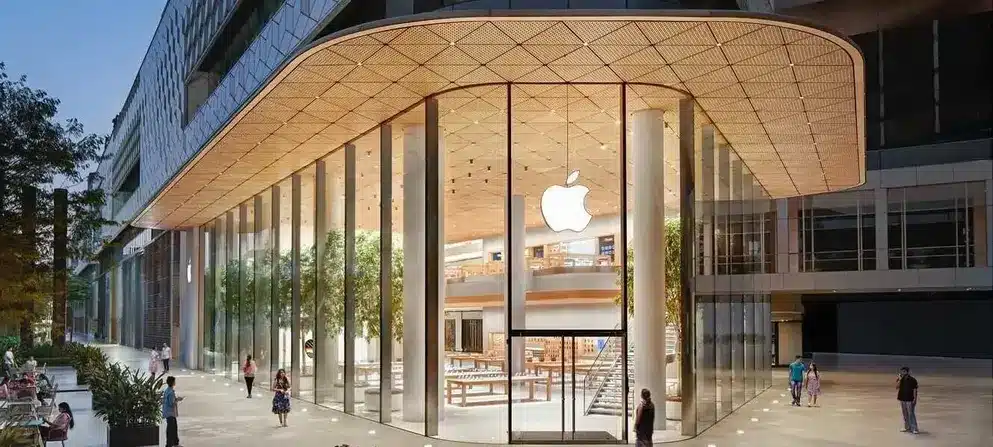Facades and building envelopes determine the visual identity, character and expression of architecture. Building facades lie at the intersections of the exterior and interior environments, forming an integral part of a building’s aesthetics as well as the building’s performance. As the external environment is changing all the time, buildings need to adapt to it in a smart way and facades play an important role here. Adaptation needs to be made with respect to environmental factors such as heat, light & wind. How these factors affect the performance of a building largely depends on the façade design & engineering. Irrespective of how the facades are designed, they are meant to serve a purpose.
Architectural practice in the Indian context today has become more globalized than ever and there is a healthy exchange of knowledge and data due to the openness of the internet, mass sharing of data and architectural journalism being at its peak. Challenges in the practice are as much as it would be in any country or environment. India is slightly slow in adapting to new technologies & methods, but we push hard to break the conventional boundaries for innovative work to emerge. India is a booming market and acceptance of change is becoming better with time & globalization. Parametric Design and computational Design has become largely accepted now in India due to a global exposure to emerging trends and due to the demonstration of built articulations by various emerging design studios in India.
Parametric Design, if rightly put to use, within the domain of façade design, can aid in developing smarter facades that can perform a multitude of tasks in an optimized way. Parametric design opens up vast possibilities of controlling performance-based factors right from an early design stage of a façade project, yielding results that speak beyond mere aesthetics. Since parametric design is a technique and method of designing, we can’t truly make a fair comparison between a non-parametrically designed façade and a parametric façade, but it would not be wrong to say that the possibilities of designing smarter and efficient facades is made possible today with the aid of parametric methods.
A building skin is designed using a number of parameters such as environmental conditions, structural feasibility, and materiality, among others; all of which can be quantified as data. Since there is a large amount of data involved, the computation becomes an essential part of dealing with the complex dynamics of design. Computation can be carried out through non-digital & digital processes aligned together and algorithms used can be about complex (and simple) problem solving. These problems include structural load calculations, material behaviour calculations, fabrication data extraction, etc. An algorithmic method of designing a building skin or a façade system can aid in controlling all the parameters and objective data that is embedded in design and a flexibility to use this data for creating a smart(er) system.
In an ongoing project by rat[LAB] in collaboration with Ar. Abhishek Bij of Design Plus, New Delhi for Molded Dimensions Factory, Gurugram, a prominent part of the façade is designed to create an aesthetically dramatic effect, while optimizing building performance and fabrication cost. A differentiation among members of the façade is being parametrized through an algorithm that calculates the running length & cost of various building members. This allows us to change the base parameters (such as angular variation, dimensional shifts, etc.)
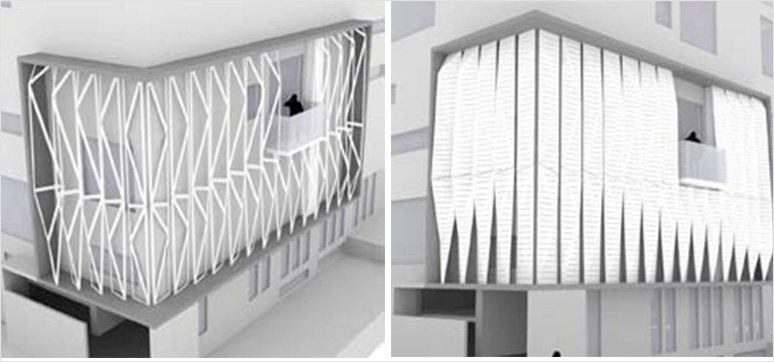
An international collaboration of rat[LAB] with Takumi Yoshioka and Masaki Morinobu of Nonscale Co. Tokyo led to a proposed shopping centre for Japan & India exhibited at the SC Fair 2016 held at Yokohama, south of Tokyo, Japan. The project is designed by Nonscale Co., while the highlighting roof structure has been envisaged and designed by Rat [LAB]. This large-span adaptive roof structure inherits the hybrid qualities of a tensile and a grid shell, with automated shading devices built into the structure. The project explores Computational Techniques to develop Form, Structure & an Adaptive Skin /Envelope for the Architectural build. Advanced Computational Techniques and methodologies have been used to design a complex roof structure that can adapt to dynamic environmental conditions. The multifunctional shopping center will be sheltered by a large-span skin, which incorporates origami shading modules with transparent material for a visual connection. It will be a shopping centre ventilated like any outdoor space with controlled temperature and better comfort levels.
Use of data for design conceptualization and fabrication resolution becomes critical in the Indian context. The image (Fig. 7) shows design in the development stage of some hospitality projects that the firm is undertaking where tight project constraints such as time, budget as well as client notions are all tackled to create optimized design solutions that can be realized at reduced project costs and through conventional labour methods.

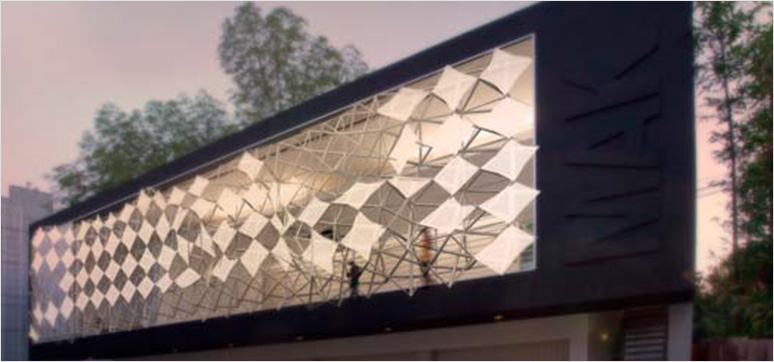
The most interesting one (and challenging too) has to be the ‘adaptive [skins] or ‘adaptive [systems]’ project. It is a project that was started in London as part of academic research and built upon in various iterations in Los Angeles later on. It was started with a sole vision of challenging the static built environment against the dynamic natural environment, where numerous layers of architecture come together to make a building function in negotiation with changing environmental parameters such as sun, rain & wind. The research has taken a series of iterations from 2012 to 2014, with the latest developments shaping up in Los Angeles, CA at The MAK Center. A dynamic façade system was designed as a proposal for MAK’s Exhibition Space at the site of Mackey Apartments, which was designed by one of the pioneers of Modernism – Rudolph Schindler in 1939.
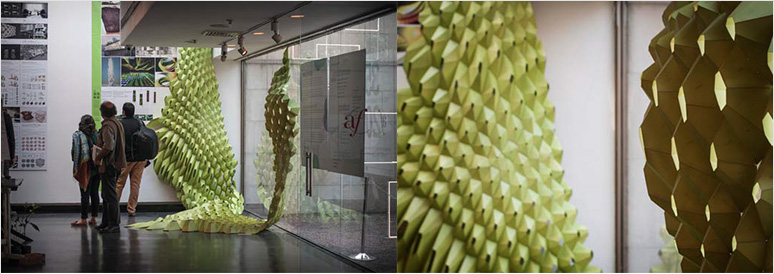
Rat [LAB]’s ongoing projects across India explore various building envelope iterations, including the KUN Aerospace Factory project in Chennai, where identity and sustainability have been looked into through a context-based computational approach. The envelope developed embraces the flows in nature, and moulds itself to new creations in an inspired manner. Instead of barring wind flows, for example, this facade is designed using the same flaws as technical data as well as guiding curves that define the very skin of the built form, at the same time being inspired by double-curved geometrical industrial parts manufactured in this building.
